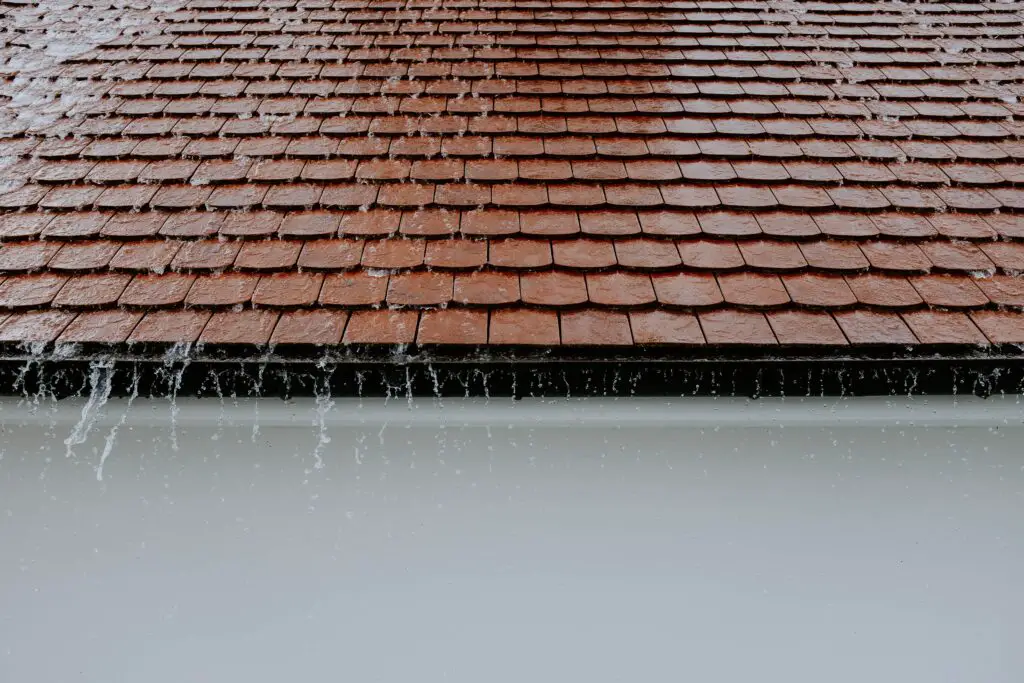Roofing plays a crucial role in the construction and maintenance of buildings in the Philippines. Given the country’s tropical climate, which includes heavy rains, strong winds, and intense sunlight, selecting the right roofing materials and techniques is of paramount importance.
This comprehensive guide will delve into the various aspects of roofing in the Philippines, from materials and styles to installation and maintenance.
I. Roofing Materials
- Galvanized Iron (GI) Sheets: GI sheets are one of the most common roofing materials in the Philippines. They are known for their affordability and durability. However, they require proper maintenance to prevent rust.
- Pre-Painted Long Span Metal Roofing: These sheets come with a pre-applied paint finish, providing a wide range of color options. They are often chosen for their aesthetic appeal and resistance to corrosion.
- Asphalt Shingles: While less common, asphalt shingles are gaining popularity in the Philippines due to their durability and versatility. They are especially used in residential roofing projects.
- Concrete Roof Tiles: Concrete tiles offer a traditional and aesthetically pleasing option. They are heavy and durable but may require a robust roofing structure.
- Clay Roof Tiles: Similar to concrete tiles, clay tiles are appreciated for their classic appearance and long lifespan. They are suitable for both residential and commercial projects.
- Thermoplastic Olefin (TPO) Roofing: TPO is a single-ply roofing material known for its energy efficiency and resistance to UV rays. It is commonly used in commercial and industrial roofing.
II. Roofing Styles
- Gable Roof: This is one of the most common roof styles in the Philippines. It consists of two sloping surfaces that meet at a ridge, forming a triangular shape. Gable roofs are known for their simplicity and effectiveness in shedding water.
- Hip Roof: Hip roofs have four sloping sides that meet at a ridge. They are more stable than gable roofs and offer better resistance to strong winds, making them suitable for typhoon-prone areas.
- Flat Roof: Flat roofs are often used in commercial and industrial buildings. Proper drainage systems are crucial to prevent water pooling, which can lead to leaks and structural issues.
- Mansard Roof: Mansard roofs have two slopes on each of the four sides. They are known for providing extra living space in the attic and are often used in residential buildings.
III. Roofing Installation
- Structural Considerations: Properly designed roof trusses or support structures are essential to withstand the Philippines’ frequent typhoons and heavy rains.
- Weatherproofing: Given the country’s tropical climate, effective waterproofing is critical. Roofing materials should be installed with adequate underlayment and flashing to prevent leaks.
- Ventilation: Proper ventilation helps regulate the temperature in attics and prevents moisture buildup, which can lead to mold and rot. Ridge vents and soffit vents are common ventilation solutions.
- Professional Installation: Roofing installation is a specialized task that should be carried out by experienced professionals to ensure safety and longevity.
IV. Roofing Maintenance
- Regular Inspection: Periodic inspections can identify early signs of damage or wear and tear. Addressing issues promptly can prevent costly repairs.
- Cleaning: Removing debris and cleaning gutters is essential to maintain proper drainage and prevent water damage.
- Coating: Applying reflective roof coatings can help extend the lifespan of the roofing material and improve energy efficiency.
- Repairs: Promptly address any leaks or damaged roofing components to prevent further deterioration.
V. Environmental Considerations
- Green Roofing: Green roofing systems, which involve planting vegetation on rooftops, are gaining popularity for their environmental benefits, including improved insulation and reduced heat absorption.
- Solar Roofing: Solar panels integrated into roofing systems offer renewable energy solutions, reducing electricity costs and carbon footprints.
Conclusion
Roofing in the Philippines is a multifaceted aspect of construction that requires careful consideration of materials, styles, installation techniques, and maintenance.
With the right choices and proper care, roofs in the Philippines can withstand the challenges posed by the tropical climate, ensuring the safety and comfort of occupants for years to come.
To see other material construction prices, please see here.
To know other construction guides, tips, and methodology for beginners, veterans, and contractors, please see here.

